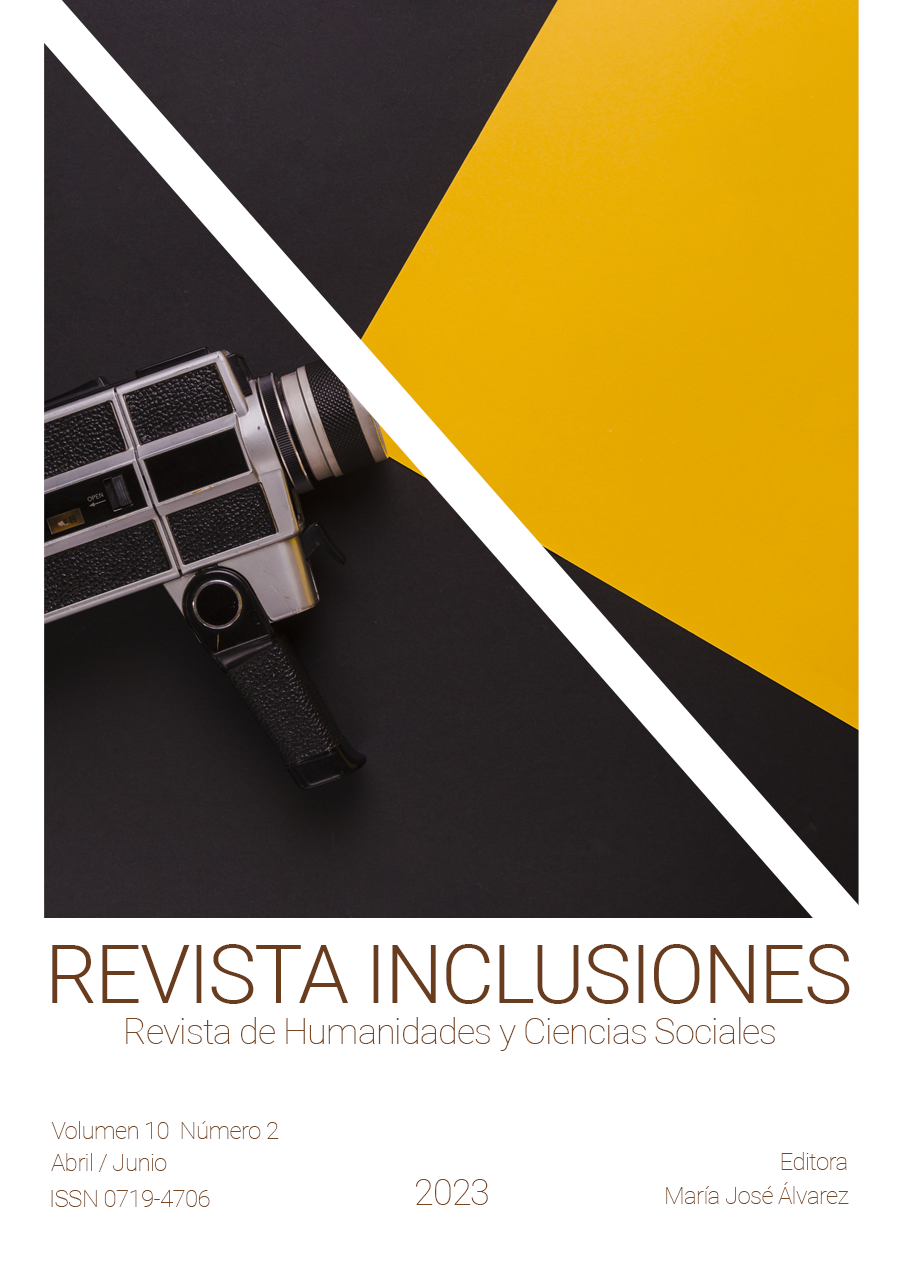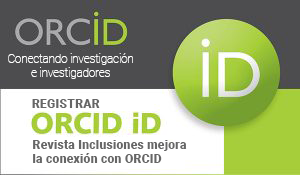THE REPRESENTATION OF AUTISM IN AUDIOVISUAL FROM SENSITIZATION:
A REFLECTIVE ANALYSIS
DOI:
https://doi.org/10.58210/fprc3460Keywords:
Autism. Inclusion. Socialization.Abstract
This article presents a study on the representation of autism in audiovisual narratives, having as the research field the films “Meu Filho, meu Mundo” and “Farol das Orcas”. The study was developed from the perspective of a qualitative analysis of autism in the two works, seeking answers to the question: Are approaches focused on sensitization effective in the socialization process of individuals with ASD? In view of the analysis, the different strategies used by the families became evident, and the origin of the Son-Rise method is portrayed in the first film from studies and experiments of a traditional upper-middle class family and in the second film, experiences with therapeutic approach, as an alternative found by a divorced mother to help her child. It was also found that it is necessary to consider the specifics of each individual when choosing a form of treatment or therapy to assess its effectiveness.
References
APA – Associação Americana de Psiquiatria. DSM 5 – Manual Diagnóstico e Estatístico de Transtornos Mentais. 5ª edição, 2013.
ARAGÃO, Gislei Frota. Transtorno do Espectro Autista: Concepção Atual e Multidisciplinar na Saúde. Editora Amplla: Campina Grande, 2022. Disponível em: http://ampllaeditora.com.br/books/2022/07/TranstornoEspectroAutista.pdf Acesso em: 09/11/2021
BARROS, José d’Assunção. Cinema e história – as funções do cinema como agente, fonte e representação da história. Revista Ler História/Portugal, 2007. Disponível em: https://journals.openedition.org/lerhistoria/2547#:~:text=O%20Cinema%20n%C3%A3o%20%C3%A9%20apenas,pelos%20autores%20de%20um%20filme Acesso em: 5/11/2021.
BERNIER, Raphael A; DAWSON, Geraldine; NIGG, Joel T. O que a ciência nos diz sobre o Transtorno do Espectro Autista. Ed. Artmed, Porto Alegre/RS, 2021.
BOURDIEU, Pierre. L’illusion biographique. In: Actes de la recherche en sciences sociales. Vol. 62-63, pp. 69-72, juin 1986. Tradução de Olívia Alves Barbosa. Disponível em: https://edisciplinas.usp.br/pluginfile.php/5644125/mod_resource/content/1/BOURDIEU%2C%20Pierre.%20A%20ilusa%CC%83o%20biogra%CC%81fica.pdf Acesso em 3/11/2021.
FERREIRA, Aline Steffani Leite e FERREIRA, Johnathan Allyson Quariguasi. Os beneficios da hidroterapia em crianças com transtorno espectro autista (TEA): revisão integrativa. Revista Saúde.Com, UESB/BA. Disponível em: file:///C:/Users/Usu%C3%A1rio/Downloads/9988-Texto%20do%20artigo-32613-1-10-20221010.pdf. Acesso em 09/11/2021.
GERBASE, Carlos. Cinema: Primeiro Filme: Descobrindo, fazendo, pensando. Porto Alegre, Artes e Ofícios, 2017.
JORDAN, Glenn. Meu filho, meu mundo. EUA, 1979.
OLIVARES, Gerardo. O farol das orcas. Argentina, 2016.
MARON, Dina Fine. O lado obscuro da terapia com golfinhos. Revista National Geographic/Agosto de 2021. Disponível em:
https://www.nationalgeographicbrasil.com/animais/2021/08/o-lado-obscuro-da-terapia-com-golfinhos Acesso em 18/11/2021.
MARTINS, Yasmine. Equoterapia para autistas. Autismo e realidade, 2021. Disponível em: https://autismoerealidade.org.br/2021/10/22/equoterapia-para-autistas Acesso em: 10 de nov. de 2021.
MARON, Dina Fine. O lado obscuro da terapia com golfinhos. National Geographic Brasil, 2021. Disponível em: https://www.nationalgeographicbrasil.com/animais/2021/08/o-lado-obscuro-da-terapia-com-golfinhos Acesso em: 09/112021.
Published
How to Cite
Issue
Section
Los autores retienen los derechos de autor y otorgan a Revista Inclusiones el derecho de publicación bajo Creative Commons Attribution 4.0 International (CC BY 4.0). Esto permite el uso, distribución y reproducción en cualquier medio, siempre que se otorgue la debida atribución al autor.











